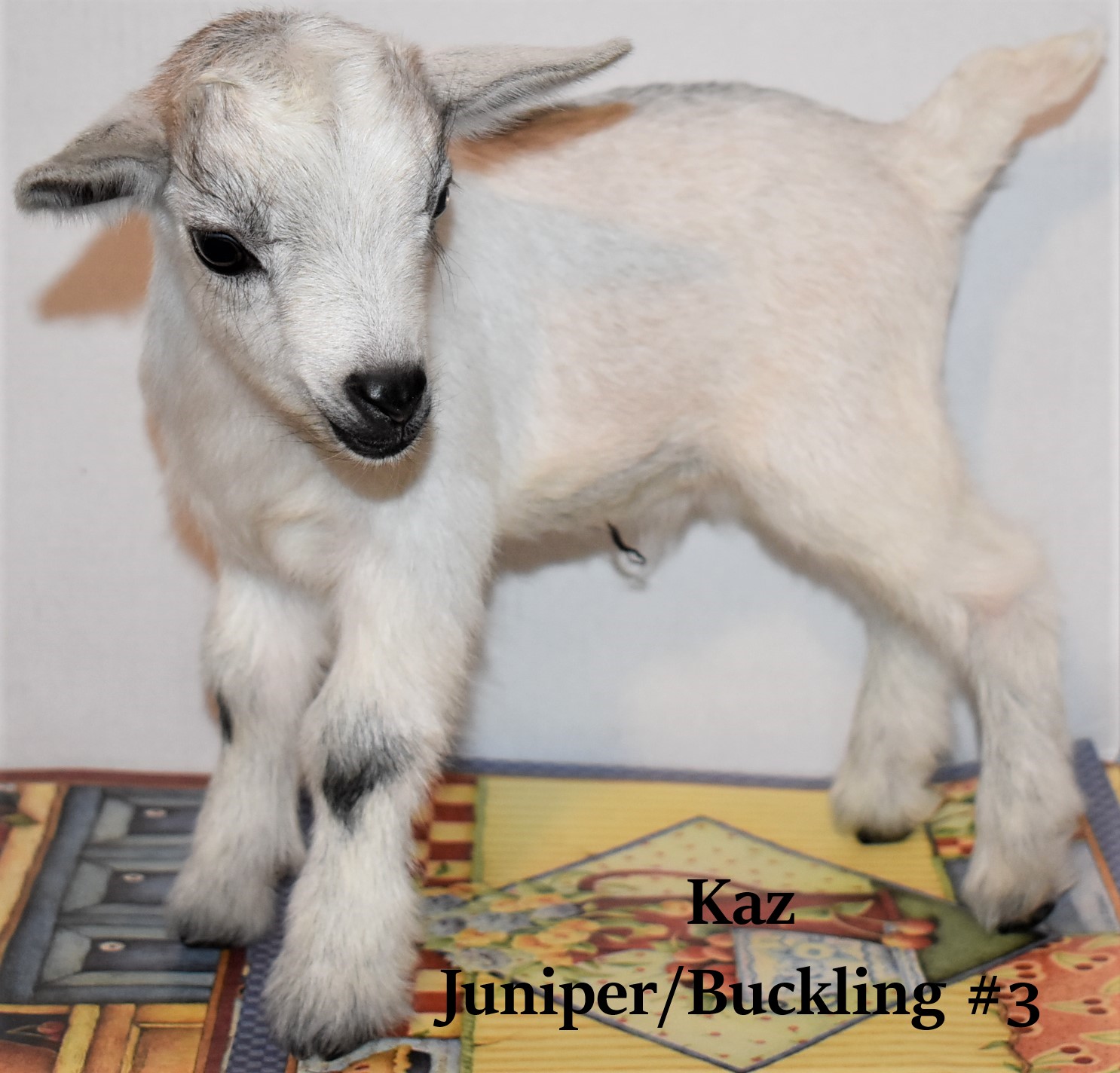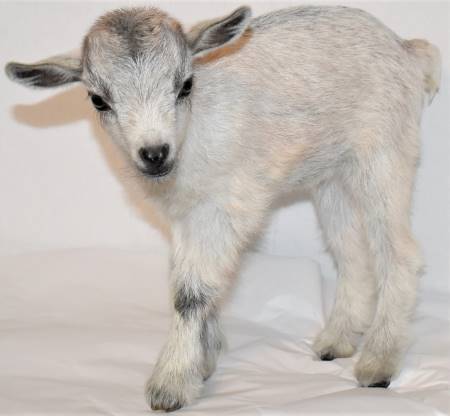WHY ANNUAL CDT VACCINATIONS FOR GOATS
ARE NECESSARY
& Cautions In Use of CDT Vaccine
CDT vaccines are commonly accepted as being necessary annually to keep goats healthy.
Clostridial bacteria are found in the soil, and the clostridial diseases can cause sudden death. CDT vaccines protect goats from these diseases.
Two vaccines are commonly used for goats, a 3-way vaccine called CDT and an 8-way vaccine called Covexine-8. The 3-way vaccine protects goats from clostridium perfringins type C and D (overeating disease) and clostridium tetani (tetanus). The 8-way vaccine protects goats against additional forms of clostridium, but the 3-way vaccine is usually sufficient for dairy goats in the US.
The tetanus toxoid in the 3-way vaccine provides long-term protection from tetanus (deadly if untreated) which is caused when a wound becomes infected with tetanus bacteria, such as at disbudding or castration.
Enterotoxemia is a condition where the clostridium bacteria normally present in a goat’s intestinal tract grow uncontrollably. This occurs when the movement of food through the intestines slows because of overeating of grain, spring pasture, milk or milk replacer. It often occurs after goats eat too much spring growth, and is therefore commonly referred to as “overeating” disease (also deadly if untreated).
WHEN TO VACCINATE GOATS WITH CDT
Does, bucks and wethers should receive CDT shots annually.
Schedule For & Vaccinating Kids
Personal experience has taught me the following:
1. Some assume that CDT vaccinated dams will pass the immunity on to unborn kids. Thus when they disbud kids at 1-2 weeks, they do not vaccinate for Tetanus. Do not count on them being immune in this situation. Many times goat breeders have not administered a specific Tetanus injection before disbudding and ended up with kids dying with Tetanus after disbudding. Caution: it is very important all your kids get their Tetanus shot before disbudding (2 ml).
2. If kids are going to be disbudded or castrated then the tetanus toxoid should be used to provide temporary, short-term protection from tetanus. They will still need to be vaccinated with the CDT toxoid at four weeks, and again at seven weeks to establish long-term protection for all three diseases.

To conclude, I am going to share information with you from a renowned sheep and goat Vet, G. F. Kennedy, DVM of Pipestone Veternary Services. I use his recommendations and have always had success with them.
This may or may not be a bit of a change in the way we have learned to control enterotoxemia and tetanus in goats and sheep.
He states: "For years, the excepted method was to vaccinate the does or ewes prior to lambing. This procedure was to protect the doe or ewe when she received extra grain after kidding or lambing and protect the kid/lamb from enterotoxemia and tetanus." Dr. Kennedy goes on to say, "I never expected that the tetanus protection was there, so I took other steps to prevent tetanus. Using tetanus toxoid and penicillin. My cheapest source of tetanus toxoid was CDT so I incorporated that with penicillin and a plan was born." Dr. Kennedy notes in his book, Pipestone's Vet Guide to Sheep and Goats, that he discontinued vaccinating the does/ewes with CDT before the birth of their kids, as it has shown little to no value.
Dr. Kennedy recommends the following procedure with newborn kids and is the method I have adopted with my kids here at AppleJo Farms:
At the end of a kids birth day(shortly after birth), give one CC/ML of CDT mixed with one CC/ML of penicillin by injection subQ (22 gauge needle) in the flank area or over the rib cage. This is the most effective method of preventing tetanus and bacterial infections with their umbilical cord.
Important! Please Read The Following Notice!
All information provided in these articles is based either on personal experience or information provided by others whose treatments and practices have been discussed fully with a vet for accuracy and effectiveness before passing them on to readers. Much of my page content is from Veterinary Colleges and Manuals.
In all cases, it is your personal responsibility to obtain veterinary services and advice before using any of the information provided in these articles. JoAnna Mertz is not a veterinarian. Neither JoAnna Mertz nor applejofarms.com nor any of the contributors to this website will be held responsible for the use of any information contained herein.






